Back when the plan to set up the Institute was being chalked out, the southern city was hardly the most obvious choice to house it
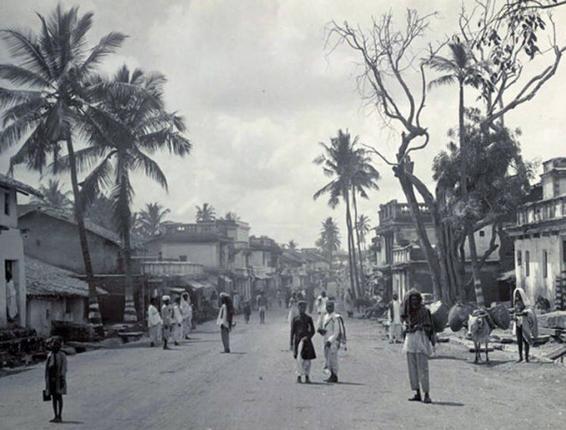
“Bangalore is already the Science Capital, start-up Capital and Technology Capital of the country,” Biocon founder Kiran Majumdar Shaw tweeted recently in support of a demand to make Bangalore India’s second capital. While there may be many aspirants for a new supplementary capital city, few would quibble with Shaw over her description of Bangalore, home to several educational and research institutions, public sector R&D industries, IT and biotech companies, and technology-related start-ups. Over the decades, the emergence of the city as a hub of science and technology in India has resulted from a confluence of several factors and events. Chief among them is the presence of IISc, established here more than a hundred years ago.
In the late 1800s, when IISc was still a gleam in the eyes of its founder Jamsetji Nusserwanji Tata, Bangalore was an unlikely candidate to house the Institute. Situated on the Deccan Plateau in a semi-arid hilly terrain, dotted with dry deciduous forests and thorny scrubs, Bangalore had not fully recovered from the ravages of the Anglo-Mysore wars. Though the Cantonment in the city was mushrooming (the city was a popular destination for the British soldiers because its climate allowed them to play cricket and polo for most of the year), the more crowded “pete” – the settlement of the local people – still experienced famines with disturbing regularity, and was also the epicentre of the outbreak of a plague epidemic that shook the city in 1898.
So how did Bangalore, then a small city grappling with public health issues and not much of an academic tradition to speak of, become home to IISc beating more established favourites? The answer to this question is closely intertwined with the story of how IISc came to be.
The answer to the question of how IISc was established in Bangalore is closely intertwined with how it came to be
The story begins with Tata, an enormously successful industrialist with strong philanthropic instincts. He was keen to use his vast financial resources for a cause that he believed would bring about social transformation, rather than partake in what he considered to be “patchwork philanthropy.” To fulfil his ambition, Tata – a man of ideas as much as a man of business – considered the possibility of contributing to India’s higher education. His plans crystallised when he decided to set up a university of higher learning in 1889 inspired by the words of Lord Reay, the Chancellor of Bombay University (a position he held by virtue of being the Governor of Bombay). In his Convocation address, Reay lamented the state of Indian universities – which in those days were merely examination bodies – and urged the “wisest men in England and India” to establish “real universities” instead.
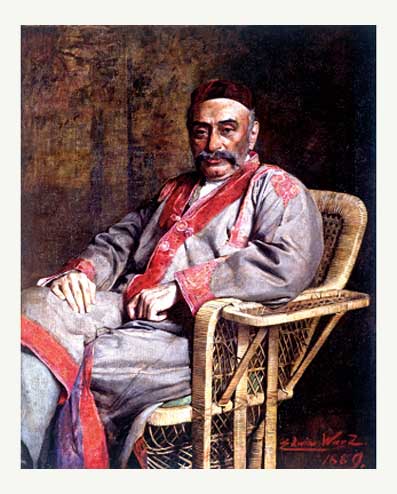
But the process of building a university from scratch in a country with limited resources and no research infrastructure was going to be long and arduous. Tata embarked on his project earnestly only in 1896 when he called upon Burjorji Padshah, an educationist whom Tata had mentored as a young man, to oversee the implementation of his vision. As a first step, he sent Padshah on an 18-month trip to study European universities. Upon his return in 1898, Tata set up a 23-member Provisional Committee headed by Padshah (Tata too was a member of the committee) to come up with a detailed scheme for his grand project.
The committee began its work by seeking the views of educationists and thinkers across the country about Tata’s plan – which had been made public by then – including on where they thought such a university should be located. A majority of the 76 people consulted favoured Bombay (Mumbai) because of its “industrial life, wealth, and civic importance.” Bombay was also Tata’s hometown. Before setting up the Provisional Committee, he even considered the possibility of converting his alma mater Elphinstone College, or perhaps the existing Bombay University, into a teaching university. He gave up the idea quickly when he realised that such a move would defeat the purpose of what he set out to do. Other suggestions made to the committee for the potential location of the university – tentatively called The Imperial University of India – included: Calcutta (Kolkata), Poona (Pune), Coonoor, Nainital, Allahabad, Bangalore, Roorkee and a few other smaller cities.
A majority of the 76 people consulted favoured Bombay because of its “industrial life, wealth, and civic importance.” Bombay was also Tata’s hometown
Following several weeks of consultations with experts on the question of the proposed university’s location and other issues, including its nature and finances, the Provisional Committee prepared a preliminary scheme. The scheme was presented to Lord Curzon by a deputation led by Tata on 31 December 1898, the day after he arrived in Bombay to take over as the Viceroy of India. Curzon had several questions for his guests and did not seem particularly enthusiastic about the plan. But Tata was not entirely disheartened by Curzon’s response.
In early 1899, Tata undertook a tour of South India. His last stop was Bangalore, where he met the Dewan of the Mysore State, Seshadri Iyer. The Dewan served as the advisor to the Regent Queen Vani Vilas Sannidhana, who ruled the Kingdom on behalf of her son, Krishnarajendra Wadiyar, coronated in 1895 when he was only 10 years old. (Years later, in 1911, during the laying of the foundation stone of the Institute, the Maharaja recounted the foresight and generosity of his mother in setting up the Institute.) The Dewan was an old friend of Tata – he had helped Tata develop a silk farm in the outskirts of Bangalore. Iyer wanted the State of Mysore to take the lead in using science and technology to improve the lives of its people. Back in 1895, he had even written to John Cook, the Principal of Central College in Bangalore, that Mysore would be happy to support a university in Bangalore if such an idea took root, a promise he reiterated to Tata four years later. But this time his proposal was more concrete: Mysore State would provide about 300 acres of land, and also contribute towards the cost of building the university, provided it was in Bangalore. It was an offer that Tata would find hard to resist.
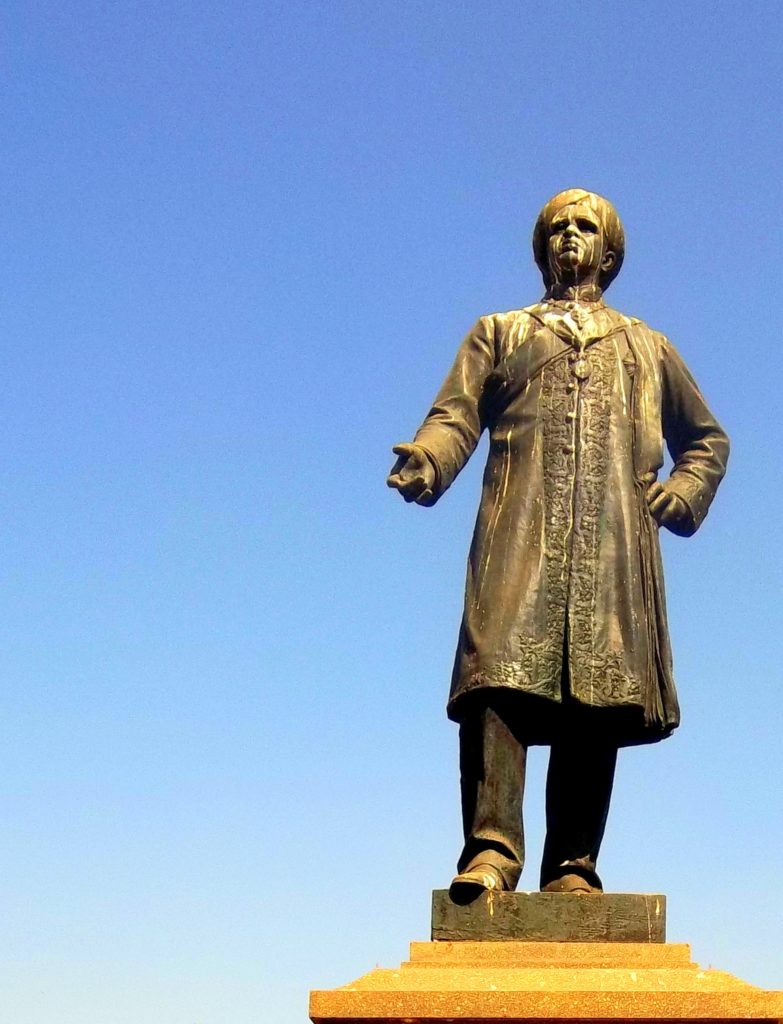
The Dewan’s proposition, now part of the revised scheme submitted by the Provisional Committee to the Government of India, was discussed at length during the Simla Conference in October 1899, a meeting that was organised by the Government to take Tata’s initiative forward. During the conference, attended by Tata, Padshah and Curzon among others, the Government approved the Provisional Committee’s scheme in principle and suggested that the new university should be called the Indian University of Research. And as for its location, it was a two-horse race between Bombay and Bangalore. Bombay was the sentimental favourite in spite of the Dewan’s offer. “As is natural most members of the Provisional Committee of the University are in favour of Bombay,” the proceedings of the conference noted. The attendees also seemed to be swayed by public opinion and the vociferous lobbying by Bombay’s press. “The public opinion of Bombay as expressed in the best English and Vernacular papers like the Times of India, Bombay Gazette, Indu Prakash, Gujrati, Indian Spectator, is unanimously in favour of Bombay,” it added.
But Bombay was far from ideal for a large university – it was a crowded island where finding land for such a massive venture was impossible. And its high humidity made it unsuitable for books and scientific apparatus.
Bangalore’s climate, on the other hand, was, “second only in attractiveness to that of the Nilgiri Hills,” the proceedings said. And the expression of support – of both land and money – by the Mysore Durbar was taken seriously. By the end of the conference, Bangalore was looked upon more favourably.
By the end of the conference, Bangalore was looked upon more favourably
The Government, in the meanwhile, recommended to the Provisional Committee that a well-known European scientist be invited to give final shape to the project. And for this mission, the committee chose Sir William Ramsay, the British chemist who would go on to win the Nobel Prize in Chemistry in 1904.
Ramsay arrived in India in the winter of 1900 on a long trip sponsored by Tata. He studied the revised scheme carefully and also visited several cities where he met many of the stakeholders. After spending almost three months in India, he wrote his report on his way back home, eventually published as the Report on an Institution to be named Indian Institute of Research. Ramsay did not like the word university to be associated with an institution which he thought should provide scientific and technical support for the industrialisation of India. The report however sounded optimistic about the project and allayed many of the fears expressed by Curzon.
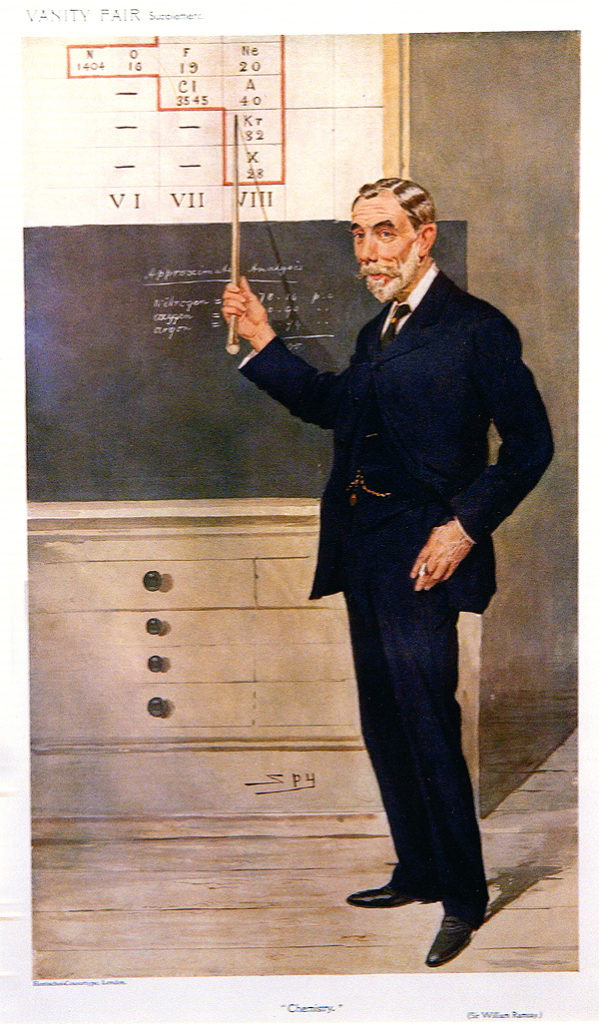
An important part of Ramsay’s brief was to offer his recommendation for the location of the new Institute. And he was clearly a fan of Bangalore. In his report, he goes on to justify his case for Bangalore: the city was accessible from both Bombay and Madras, and was close to several mineral deposits like iron ore and gold. It was not far away from a promising source of electric power – Shivanasamudra Falls (Ramsay was convinced that Bangalore would be one of the largest owners of power in the world based on the Dewan’s description of the planned hydro-electric project there).
An important part of Ramsay’s brief was to offer his recommendation for the location of the new Institute. And he was clearly a fan of Bangalore
There were other reasons why Ramsay liked Bangalore. One, for its climate, which he believed would appeal to both Indians and Europeans alike. “The climate of Bangalore is temperate for nearly all the year; it is not too hot for Europeans, nor too cold for natives; it is within easy reach of Ootacamund [Ooty], the most bracing climate of India,” he said. And two, for its lack of distractions, when compared to bigger urban centres like Bombay, Madras, and Calcutta.
“I have visited all the other proposed sites for the Institute, with the exception of Nassik [Nashik]; but no one of them appears to me to combine the advantages above alluded to,” he argued.
But for Ramsay what weighed the scales decisively in favour of the city were the material promises of land and money made by the Dewan. To him the financial viability of the project was paramount.
Once Ramsay’s report was published, there were grumblings in Bengal because Ramsay had favoured a “town that was remote and devoid of intellectual society.” But by now, Tata had officially conveyed his preference for Bangalore to the Government.
At this point when it seemed like the issue of the location of the Institute was settled, there was a twist in the proverbial tale. The Government, which had concerns about some of Ramsay’s suggestions, including the scale of the project, appointed another committee comprising Colonel John Clibborn, Principal of Thomason College of Civil Engineering (later renamed IIT Roorkee), and David Orme Masson, a professor from Melbourne University. After studying the scheme and Ramsay’s suggestions, they submitted their own report in December 1901. Masson and Clibborn made several recommendations in their report: from what the focus of research should be to how the project could be financially downsized. They also suggested changing the name of the Institute from the Indian Institute of Research (which, according to them, was “pretentious”) to the Indian Institute of Science. The report was mostly well received (an account on IISc published in Nature in 1924 by its first Director Morris Travers described the report as “eminently practical”).
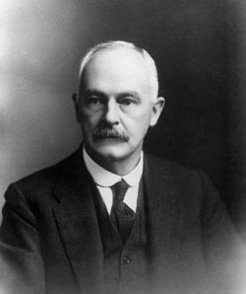
What surprised many however was that the report chose to revisit the issue of the location of the Institute. The town which emerged as a dark horse late in the race was Roorkee, close to the foothills of the Himalayas, where Clibborn worked. In the report, they summarised the pros and cons of both Bangalore and Roorkee, and based on their analysis, concluded, “But, should this become possible [obtaining land and money], we are decidedly of the opinion that Roorkee is preferable to Bangalore.” Roorkee also received support from the Upper India and Bengal Chambers of Commerce. Fortunately for Bangalore, the Roorkee suggestion was stillborn because the proposed Institute did not receive the kind of patronage it required to be housed there.
The town which emerged as a dark horse late in the race was Roorkee, close to the foothills of the Himalayas, where Clibborn worked
Even as Masson and Clibborn were writing their report, Mysore Durbar formalised its support for the Indian Institute of Science: it promised to provide 371 acres and 11 guntas of land, Rs 5 lakhs towards capital expenditure, and also an annual contribution of Rs 50,000.

Not long after, Bangalore was finalised as the home of IISc. But progress on completing the formalities to set up the Institute was slow due to several bureaucratic delays as well as the sudden death of Tata in 1904. Finally, following a vesting order from the Government of India on 27 May 1909, IISc came into existence, in Bangalore, where today it occupies prime real estate in the heart of a city that has become synonymous with science and technology in India.




